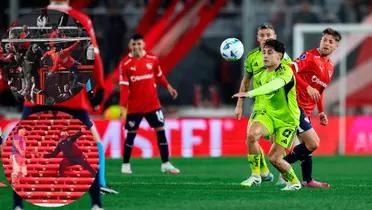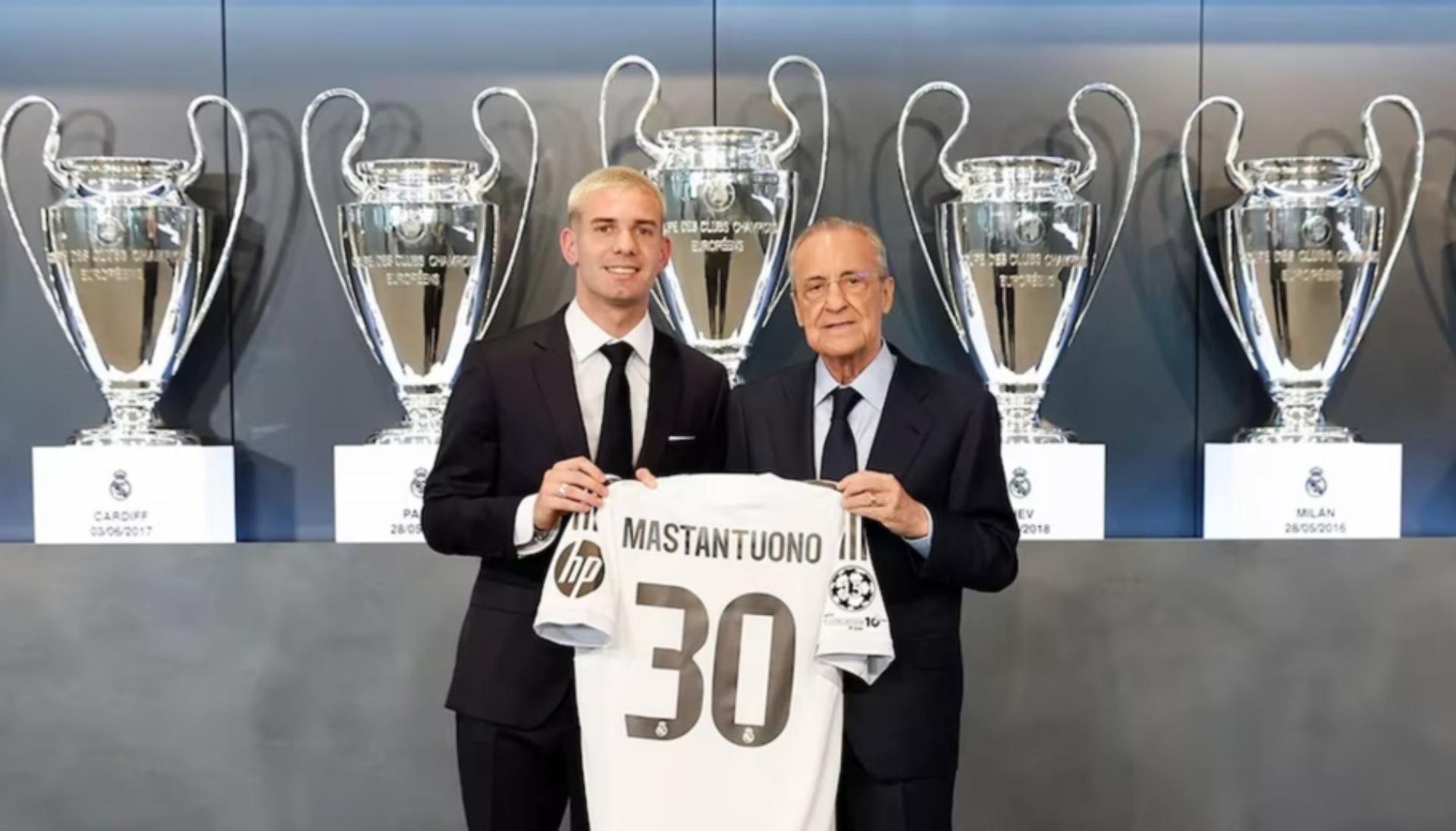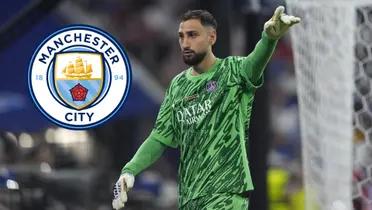Do you have to go to college to play in the MLS?
MLS is becoming more and more attractive for young soccer players in the American continent, here are some ways into the league.

The possibility of becoming a professional soccer player in the USA is one of the biggest questions for young athletes and one of the most interesting sporting topics in the American continent.
More MLS articles:
We will cover the professional soccer leagues in the United States, the competition system they follow, Major League Soccer, as well as the importance of college sports in terms of exposure options versus professional clubs and what the MLS Combine and Draft are all about.
Soccer college experience
College soccer and NCAA, NAIA and NJCAA competitions can be a way to gain exposure to the professional leagues in the United States. This means that players' performance with their college teams can increase options and exposure to scouts and coaches of professional teams. For this reason, it is essential to maintain an important role on the team, maintain a good level of competition throughout the campaign, try to accumulate as many minutes as possible and be a key player in the coach's scheme.
For example, during the summer (from May to August), once the academic year has ended, a series of semi-professional leagues take place in which teams with a high presence of college players compete. This type and format of competition also offers a great opportunity for players to continue to develop while increasing their chances of being evaluated by professional clubs. There are different opportunities to compete in these leagues, but the role of the College Coach is, in most cases, critical in finding, identifying and recommending clubs or even tryouts between January and April, for each interested player.
USL 2 and NPSL
The USL League 2 is made up of the vast majority of the under-23 teams of MLS franchises such as LA Galaxy, NYCFC, or Chicago Fire, making it a very attractive competition. Many Spanish players play in this type of leagues every summer, which gives them, in addition to a great experience in a different environment, a fantastic opportunity to continue growing and find possibilities and ways to reach professional soccer.
The National Premier Soccer League (NPSL) is another semi-professional soccer league in the United States, which is at a comparable level to USL 2, with a similar calendar and competition structure, and whose participating clubs include a large number of college players.
Players can start in these minor leagues with the goal of being recruited by an MLS team.
How to enter the MLS from College
The possibility of becoming a professional and an MLS player from college soccer is basically through two closely related channels: the MLS Combine and the MLS Draft.
MLS Combine
The MLS Combine is an annual tryout that brings together soccer players to be evaluated live by MLS coaches and scouts. The teams that typically participate are composed primarily of U.S. college players competing at the highest collegiate level (Division 1), who are generally in their final two years of study. U.S. youth national team players who have demonstrated potential to break into the professional ranks and youth players from international clubs who receive an invitation from MLS to participate in the event.
MLS SuperDraft
The MLS SuperDraft is a once-a-year pre-selection process for professional teams that takes place in early January, prior to the start of the preseason, in the city that hosts the United Soccer Coaches Convention, the largest gathering in the U.S. soccer world. In the preliminary phase, or MLS Combine, a list of eligible players is made up of mostly college players.
The expansion teams choose first. Then, based on the previous season's standings, they are ranked from last to champion and four rounds of picks are made. There are currently 28 teams in MLS, so there are 112 spots. After the team selects the player, they can negotiate a contract with him. If they do not reach an agreement, the club will continue to own the rights to the player and he will not be able to sign with another MLS club until the end of that year. Occasionally, some clubs may not select a player or may even transfer their position to another club in a trade.
More MLS articles:
The coldest game in MLS history
More news

THE GANG IS HERE! First Argentine Stars Arrive in Buenos Aires for Final Qualifier Push!
01/09/2025

THE LAST DANCE! Lionel Messi Confirms His Final World Cup Qualifier in Argentina!
29/08/2025

TRANSFER COLLAPSES! Julio Enciso Fails Medical Exams, Returns to Brighton!
27/08/2025

Vini doesn't feel entirely comfortable at Real Madrid anymore and is seeking a future at another club
26/08/2025

HERE WE GO! Piero Hincapié Says YES to Arsenal, Club Prepares Final Bid for Leverkusen Star!
26/08/2025

THE REAL MADRID SHOWDOWN: Nico Paz's Future Sparks a Bidding War Across Europe!
25/08/2025

SOUTH AMERICAN SHAME: Independiente vs. U. de Chile Match Canceled After Horrific Incidents!
21/08/2025

Rodrygo Benched by Xabi Alonso: The End of an Era at Real Madrid?
20/08/2025

PARIS IN PARIS! The New Superclub, Paris FC, Rises to Threaten PSG-Marseille Rivalry!
20/08/2025

PSG’s €850M Budget is 30x Larger Than the Smallest in Ligue 1!
19/08/2025

THE DEBUTS ARE HERE! Estupiñán & Modrić Step Onto the San Siro Stage!
18/08/2025

CONTROVERSY IGNITES! Barcelona Opens Season with a Contested 2-0 Victory Over Mallorca!
18/08/2025

SCANDAL ESCALATES: Donnarumma's Harsh Letter Responds to Luis Enrique's Super Cup Snub!
15/08/2025

Franco Mastantuono: A New Number 30 for Real Madrid with a Nod to the Past
14/08/2025

HISTORY MADE! PSG Wins First-Ever Super Cup Title in Thrilling Penalty Shootout!
14/08/2025

Mastantuono Arrives at Valdebebas for Real Madrid Presentation
13/08/2025

ON AND OFF THE PITCH: Is Nicki Nicole the New WAG of Barcelona's Lamine Yamal?
13/08/2025

Donnarumma Bids Farewell to Paris Saint-Germain at the Peak of His Career
13/08/2025



